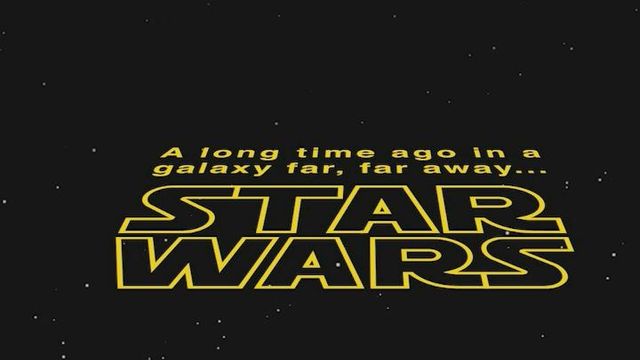'Star Wars' fiction becomes NASA fact
Many of today's NASA engineers and scientists were inspired by Star Wars and other science fiction, Along the way they've brought a lot of what they first saw on the silver screen and in the pages of sci-fi books to reality.
Posted — UpdatedMany of today’s NASA engineers and scientists were inspired by "Star Wars" and other science fiction.
Along the way, they’ve brought a lot of what they first saw on the silver screen and in the pages of sci-fi books to reality.
Imperial TIE fighters are powered in the Star Wars universe by Twin Ion Engines. NASA engineers made that propulsion system a reality with the Evolutionary Xenon Thruster (NEXT). A NEXT engine has been continually tested for five and a half years.
Constant thrust provided by the ion engine over long periods of time uses less than a tenth the propellant than a chemical rocket. Today, the Dawn mission is propelled by the xenon-fueled NSTAR electrostatic ion thruster in its study of the minor-planets Vesta and now Ceres.
Roboticist designing and operating spacecraft exploring the solar system, including the Mars rovers Curiosity and Opportunity, were inspired by Star Wars’ droids. NASA has its own droid in Robonaut 2 (R2) aboard the International Space Station. R2 is a long term experiment which will one day perform dangerous tasks such as spacewalks.
Translation services like those provided by C3-PO or the "Babel Fish" universal translator in Douglas Adam's "Hitchhiker's Guide to the Galaxy” were realized in Yahoo’s Babel Fish service and now Google translate.
The twin sunset Luke Skywalker gazed on from Tatooine in 1977’s "Star Wars Episode IV: A New Hope" seemed fantastical at the time. In 2011, the Kepler mission discovered Kepler-16b, a planet orbiting the binary star Kepler-16 200 light years away.
When "Star Wars: The Force Awakens" premiers Friday, we’ll probably spot a lot more of today’s tech on the screen and hopefully a little more future tech for the next generation to bring to reality.
Tony Rice is a volunteer in the NASA/JPL Solar System Ambassador program and software engineer at Cisco Systems. You can follow him on twitter @rtphokie.
Copyright 2024 by Capitol Broadcasting Company. All rights reserved. This material may not be published, broadcast, rewritten or redistributed.





